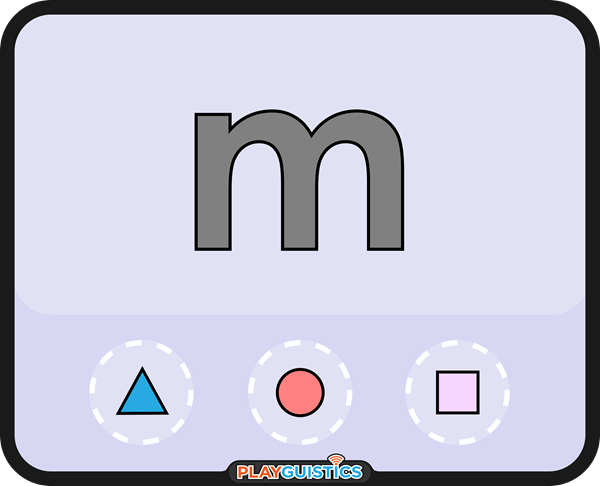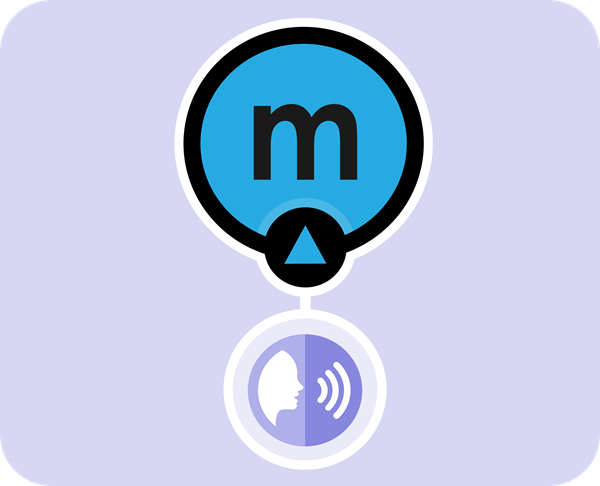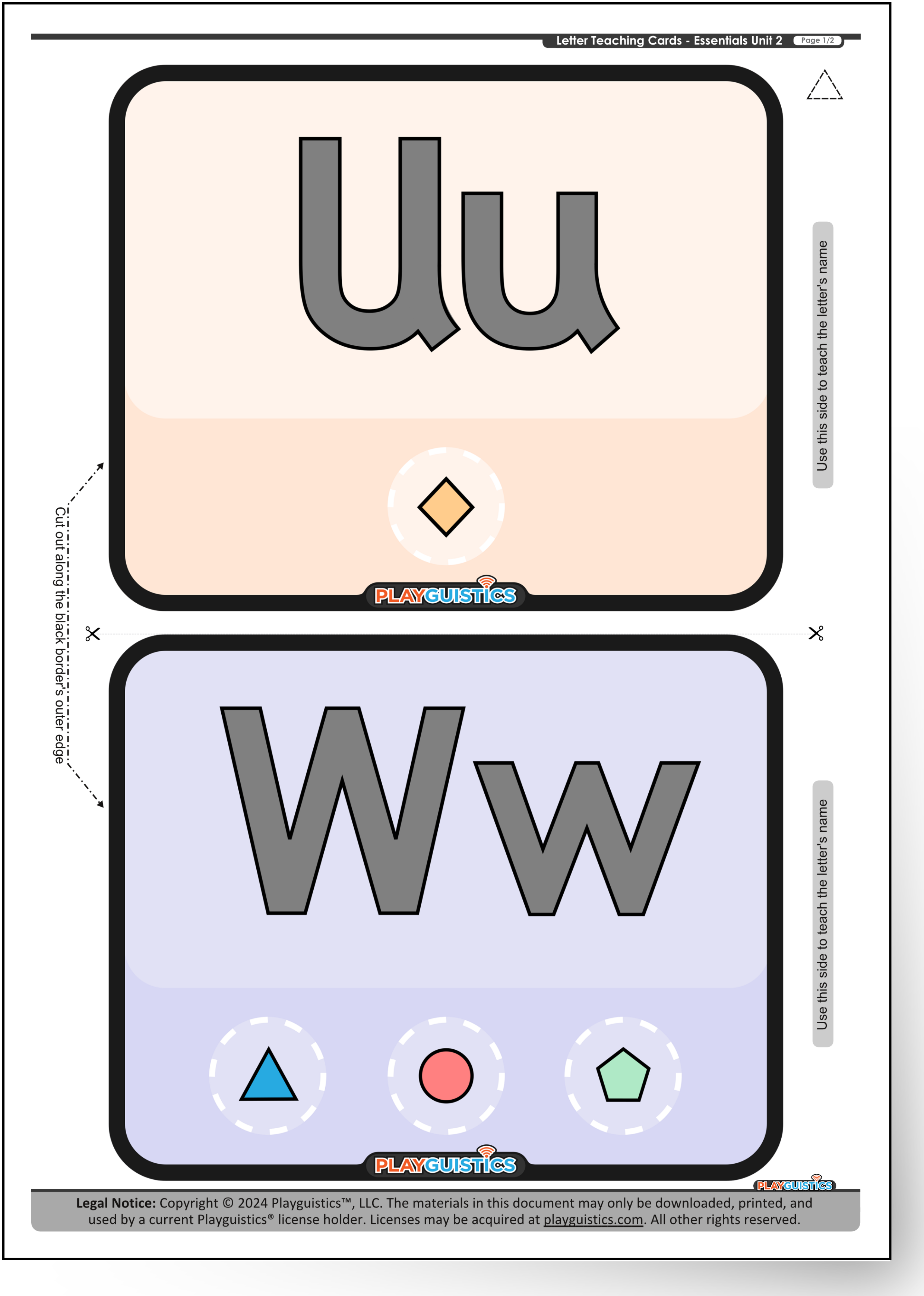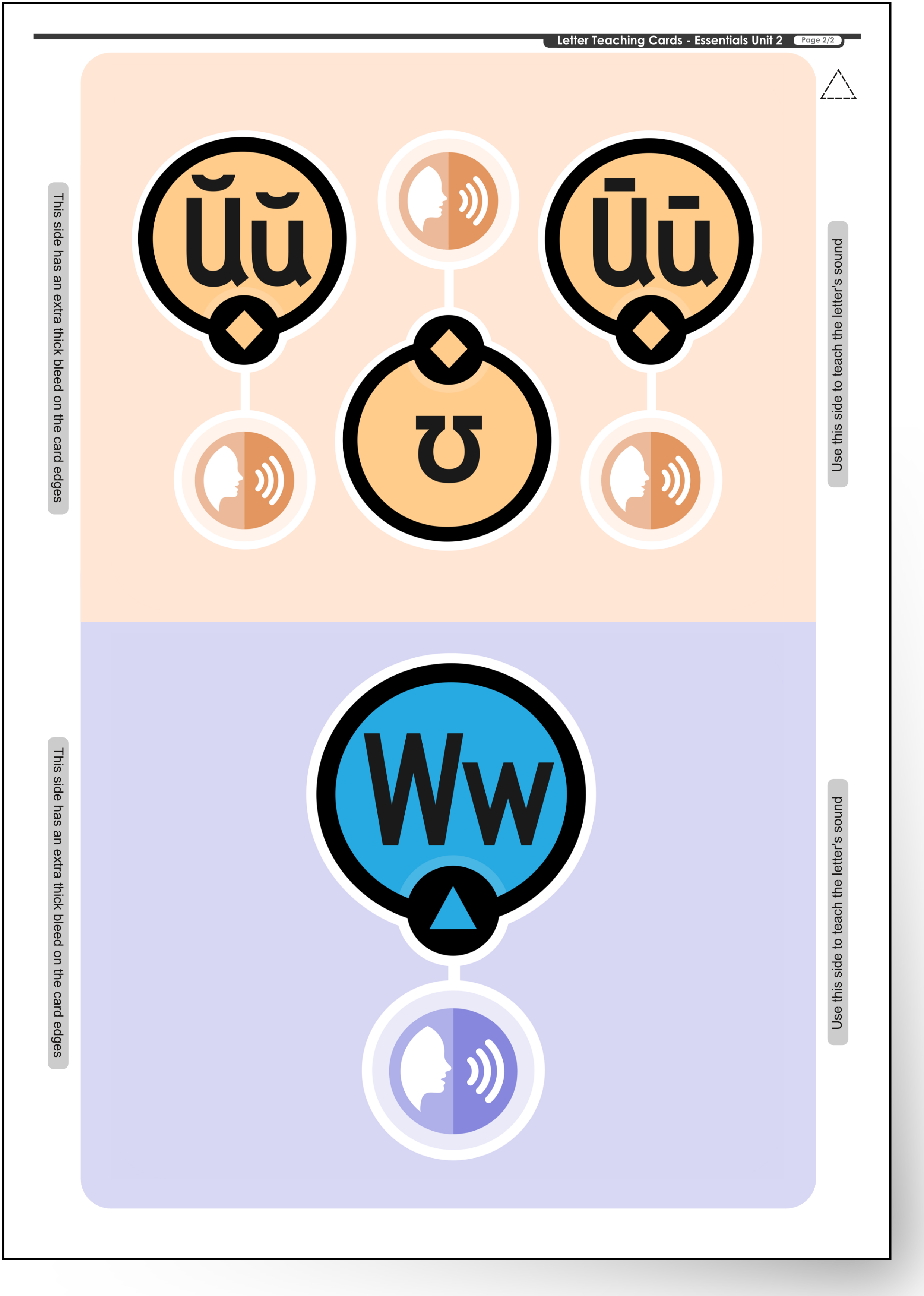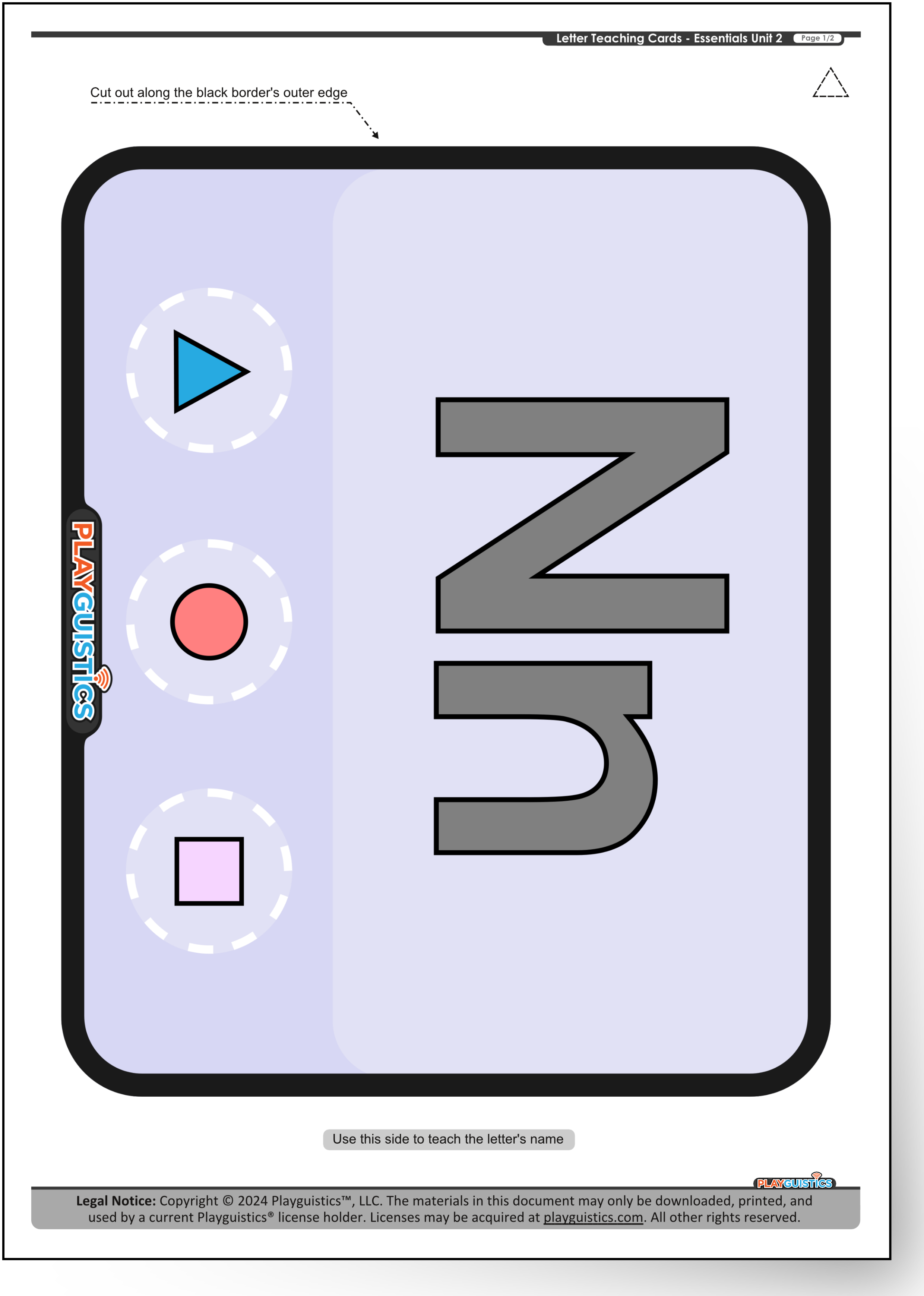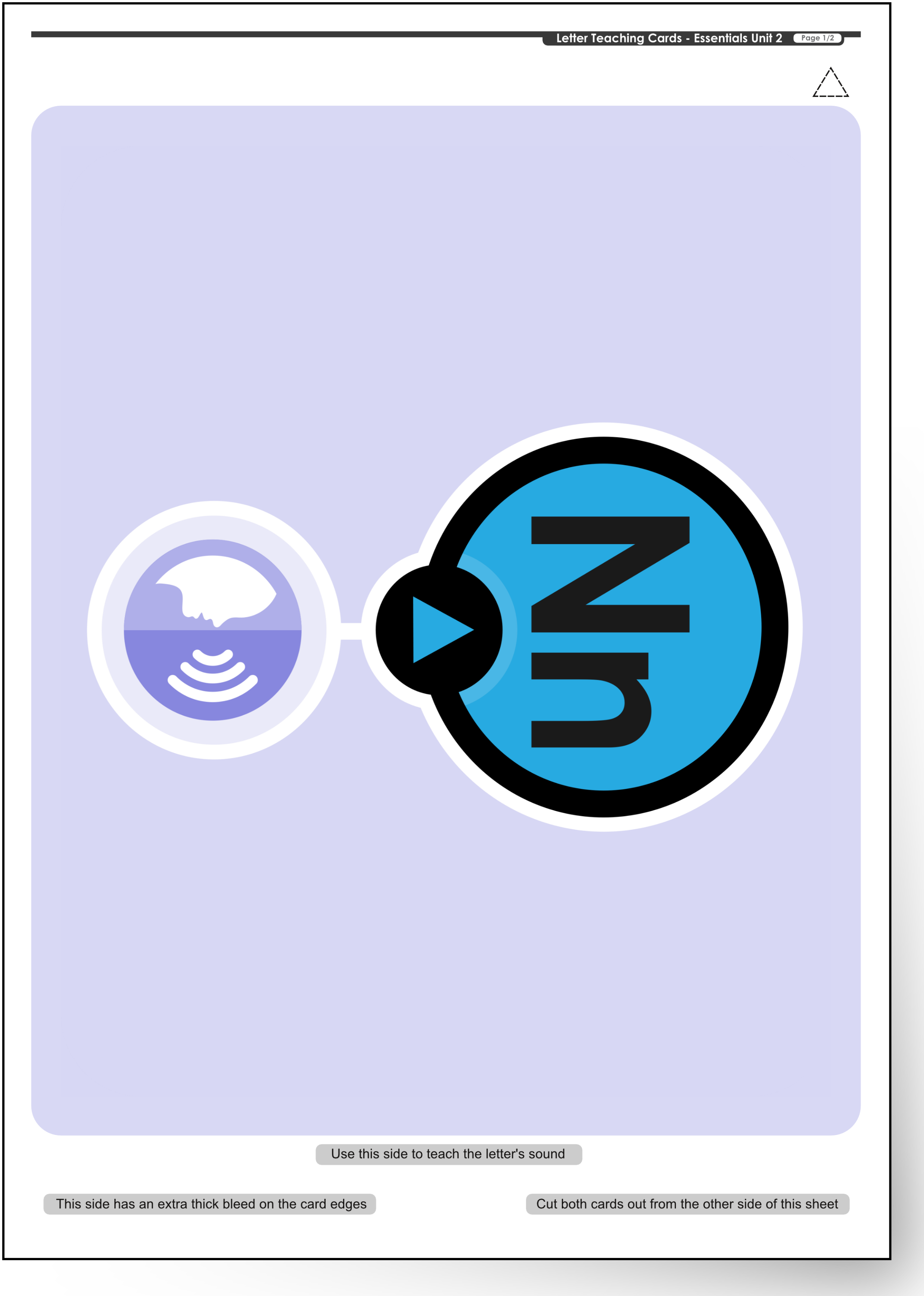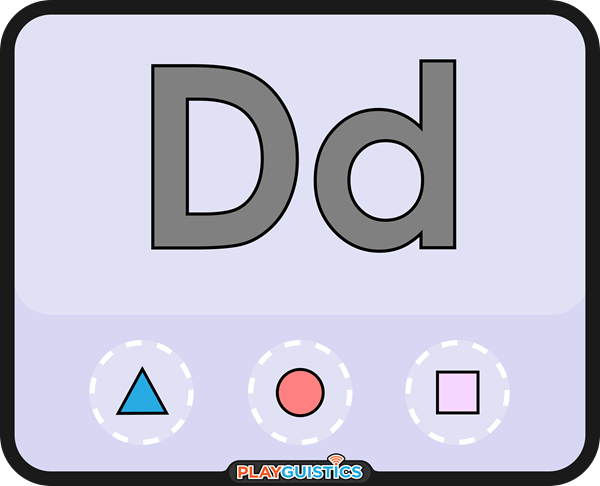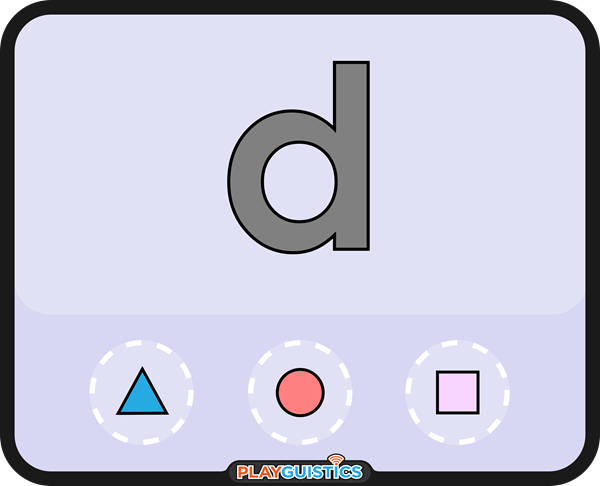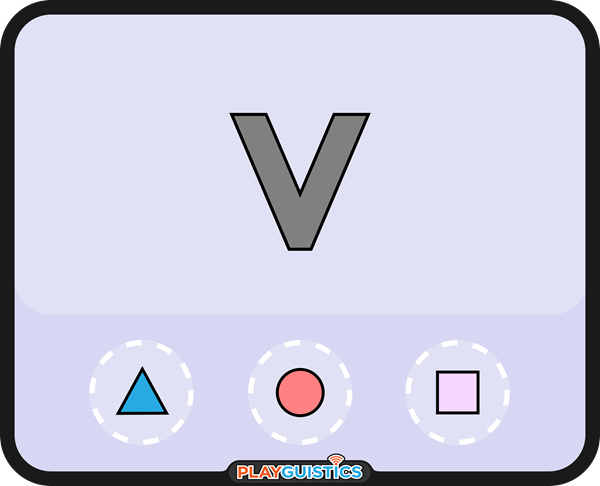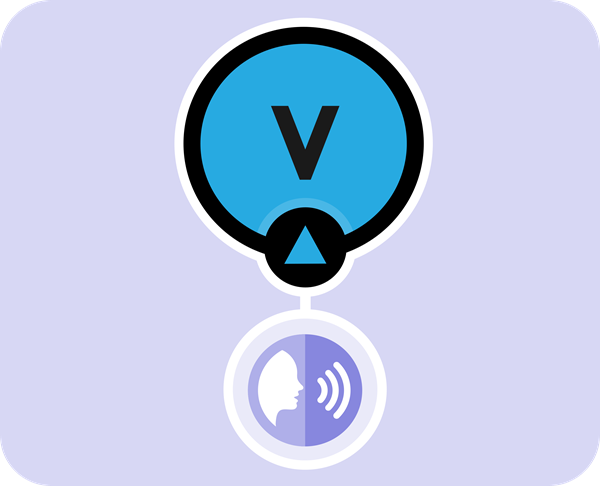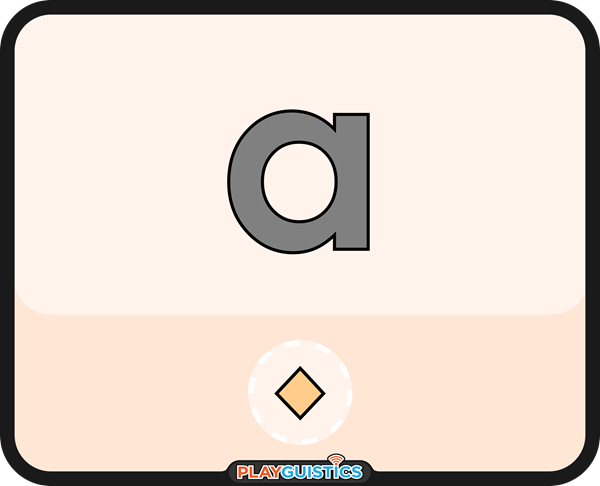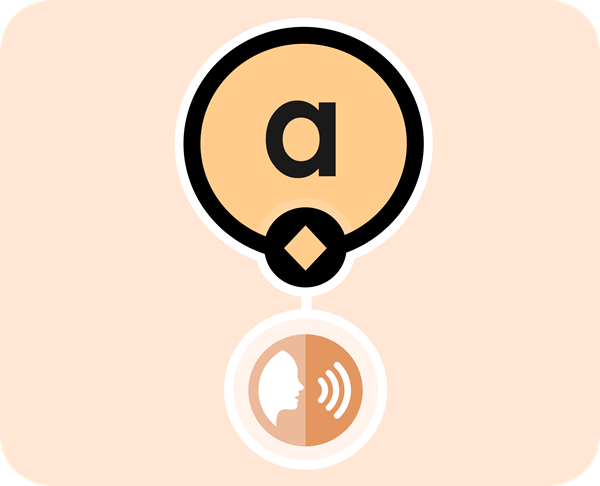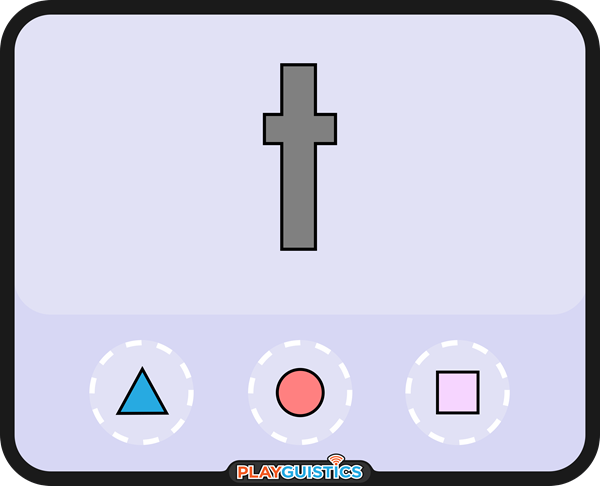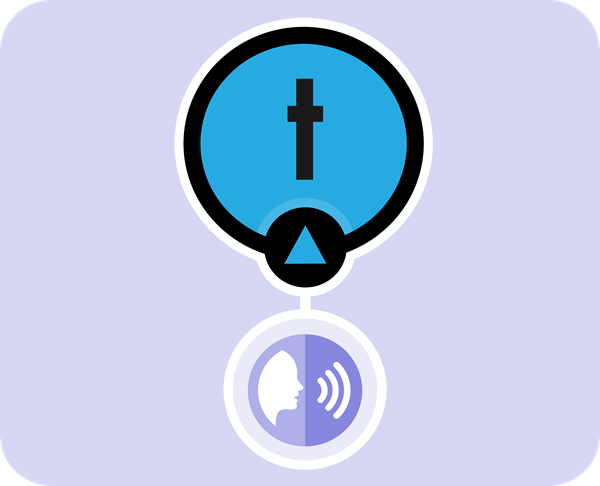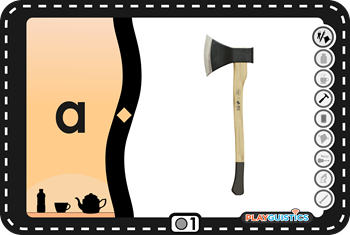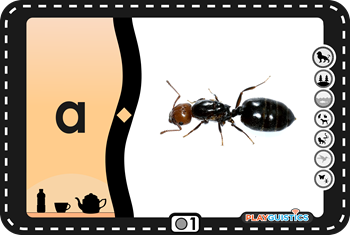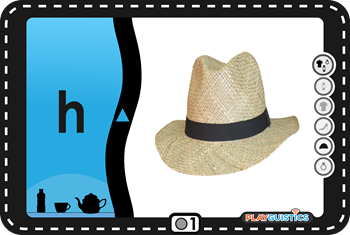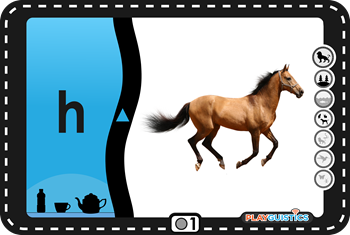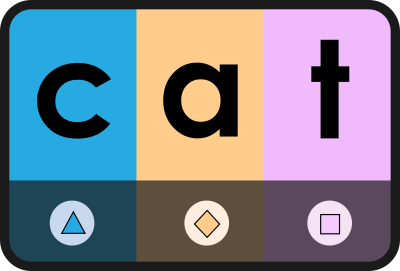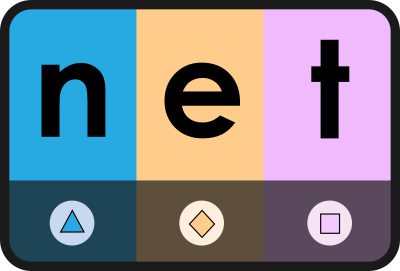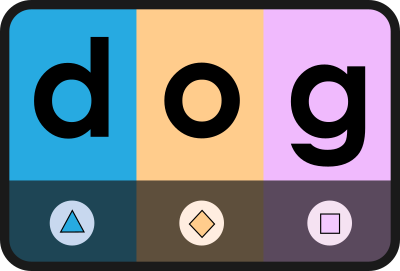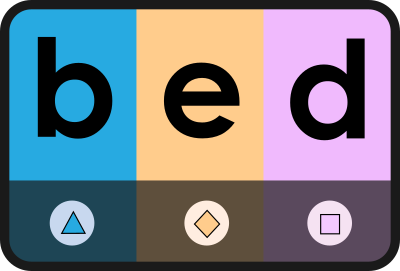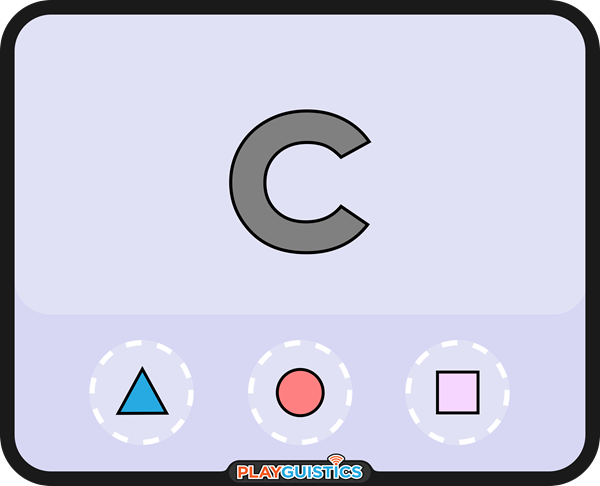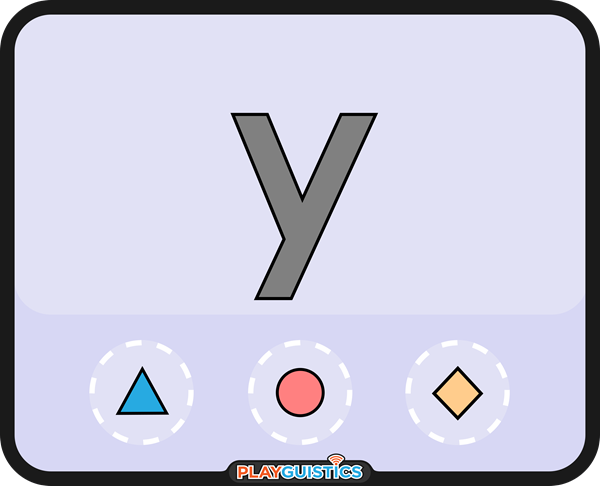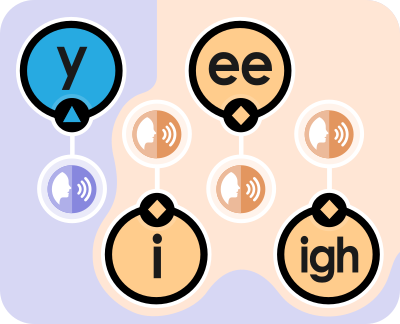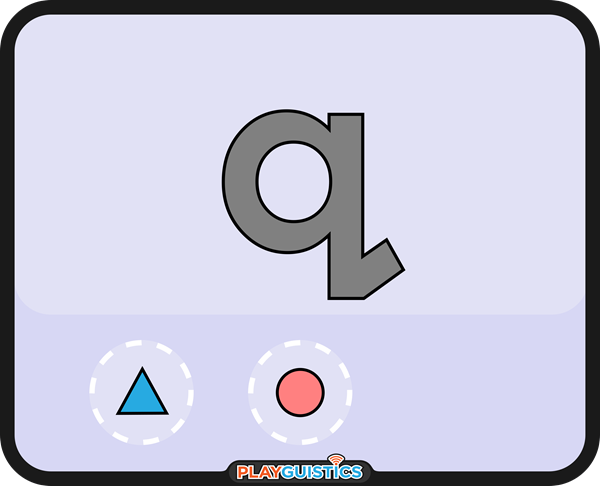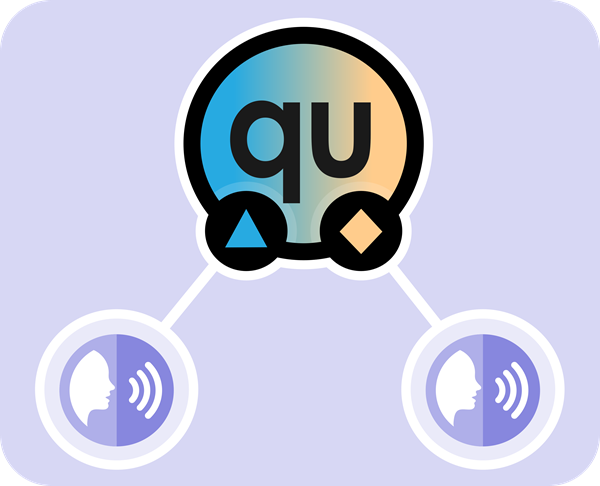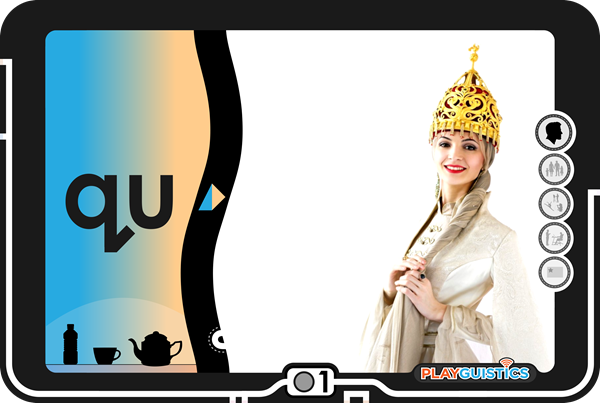Our collection of Alphabet Teaching Cards makes teaching the alphabet to even completely ESL beginners much easier. Designed to be double-sided, one side of each card displays the letter itself (in both uppercase and lowercase) and the other side shows the main phonics sound that the letter normally makes.
|
The Front of the Letter |
The Back of the Letter |
Printing is easy with PDFs set up for straightforward double-sided printing. Just print the letters side of each card and then flip the sheet of printer paper or cardstock over, put it back in the printer, and print the pronunciation side of the card.
|
Half-Page Cards
|
Half-Page Cards
|
Full-Page Card
|
Full-Page Card
|
How to Use The Alphabet Teaching Cards
These flashcards have a variety of helpful functions designed to make it much easier to teach younger ESL learners. Created specifically for teaching second language learners of English, these cards are perfect for communicating important concepts with intuitive visual aids.
Choose Your Uppercase/Lowercase Strategy
Some teachers prefer to just teach lowercase letters first (and introduce uppercase letters later) and other teachers like to teach both forms of each letter from the beginning.
|
Uppercase & Lowercase 'd' Card
|
Lowercase Only 'd' Card
|
To support both strategies, we offer two different versions of our Alphabet Teaching Cards. Choose the version that you believe best suits your students' needs and abilities.
Teaching Letter Names and Letter Sounds
English language beginners often get confused about whether their teacher is asking them to tell them a letter's name or pronounce the sound it makes. However, when their teacher uses these cards, students will quickly realize that one side of each card is for asking about the letter's name and the other side is for talking about its pronunciation.
|
'v' Letter Side
'v' Phonics Sound Side
|
'a' Letter Side
'a' Phonics Sound Side
|
't' Letter Side
'T' Phonics Sound Side
|
Teaching Example Words
You may have noticed that these Alphabet Teaching Cards don't have example words on them. This is intentional. We wanted to give teachers complete flexibility on which words they used as examples of each letter/phonics sound, so we created all of our vocabulary flashcards with matching phonics symbols.
|
Standard Flashcard for 'ax'
Standard Flashcard for 'ant'
|
Standard Flashcard for 'hat'
Standard Flashcard for 'horse'
|
This system allows you to add discovery to your students' learning adventure. Children love discovering connections. Show them the phonics sound symbol on the back of one of our Alphabet Teaching Cards, and then invite them hunt through a stack of flashcards to find all the words that begin with that sound. They'll absolutely love doing this!
Linking Letters to Words That Use Them
You can also use the Alphabet Teaching Cards alongside our Phonics Word Cards to show students examples of CVC (consonant-vowel-consonant) words that use the letters that you are teaching them.
|
Phonics Word Card for 'cat'
|
Phonics Word Card for 'net'
|
|
Phonics Word Card for 'dog'
|
Phonics Word Card for 'bed'
|
As you likely noticed, the color backgrounds behind each letter (as well as the shapes below them) on these cards is consistent with the colors used on both our Alphabet Teaching Cards and our Vocabulary Flashcards.
This makes it REALLY easy for even young learners to differentiate between consonants and vowels.
Teaching The Letter 'C'
Young learners are usually taught that each letter in the alphabet makes one sound. But how should teachers explain the letter 'c'? We created a special card just for this purpose.
|
'c' Letter Side
|
'c' Phonics Sounds Side
|
Explaining That 'Y' Can Be a Vowel
We also designed the letter 'y' card to have both a blue zone and an orange zone on the phonic sound side, which makes it much easier for teachers to communicate that 'y' falls into two pronunciation categories, and can be used to make some of the same sounds as the letters "e' and "i.'
|
'y' Letter Side
|
'y' Phonics Sound Side
|
Communicating How 'Q' and 'U' Work Together
The letter 'q' is just about always paired with the letter "u.' To make it easy to explain this to young ESL learners, the phonics sound side of the 'q' card provides a vivid visual aid for communicating that 'q' normally works together with a vowel called 'u.'
|
'q' Letter Side
|
'q' Phonics Sound Side
|
Since all of our vocabulary flashcards for words that start with a 'q' also display the same phonics beginning sound symbol, teachers can further demonstrate this special spelling and phonics relationship to students.
|
Grammar Maze Flashcard for 'quiet'
|
Grammar Maze Flashcard for 'queen'
|
